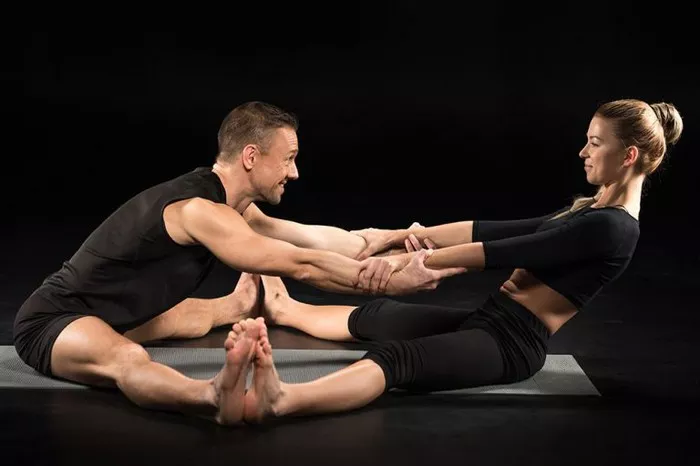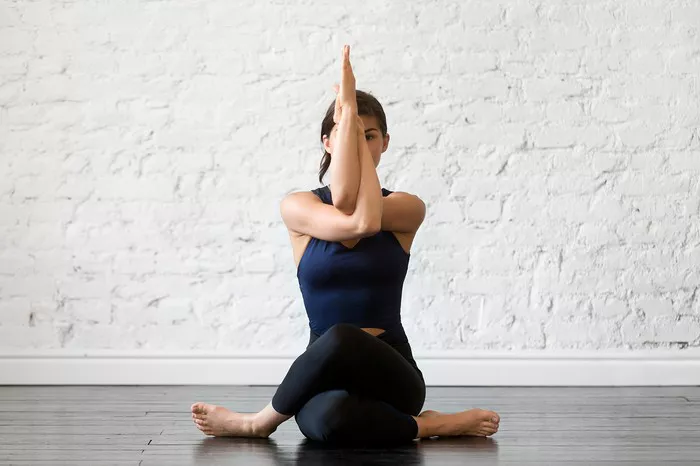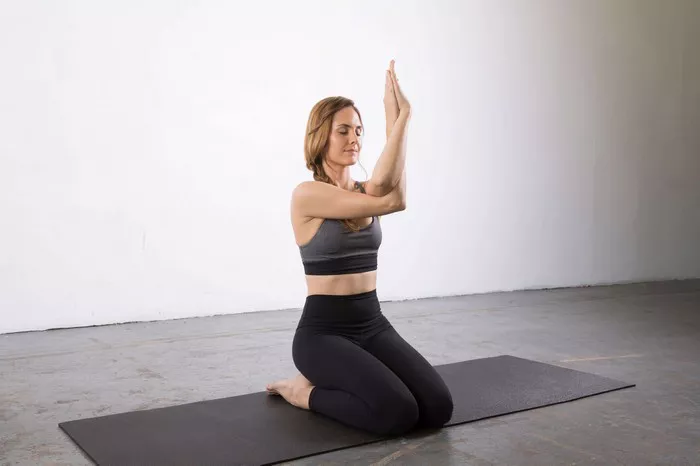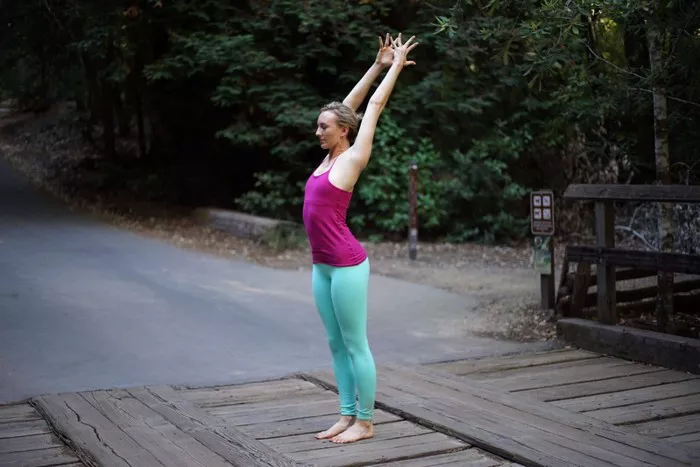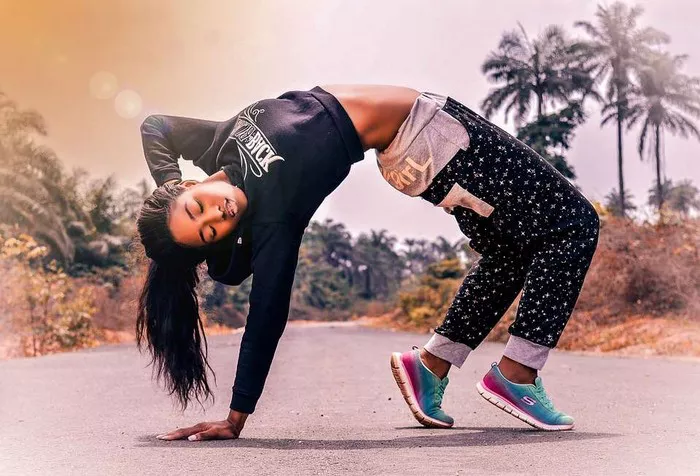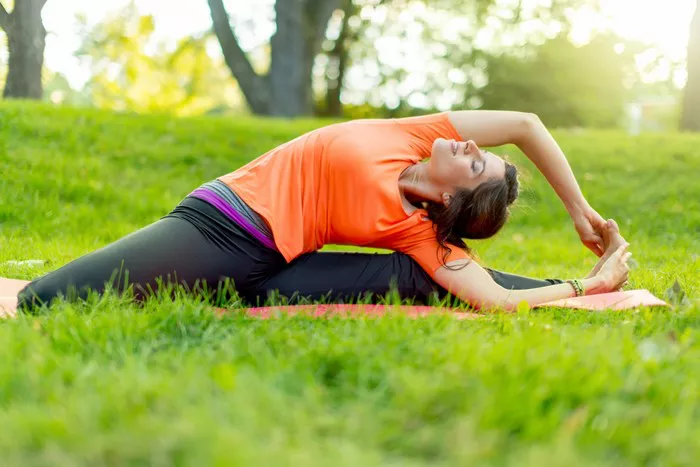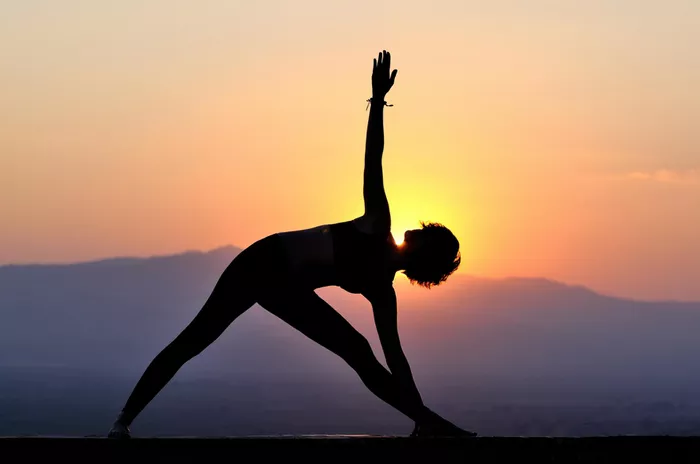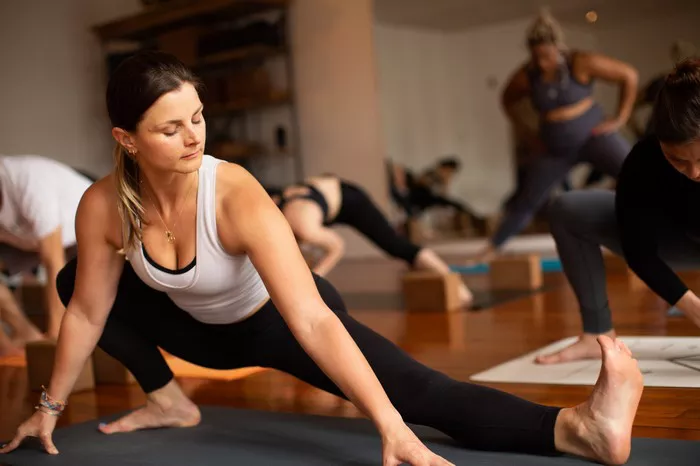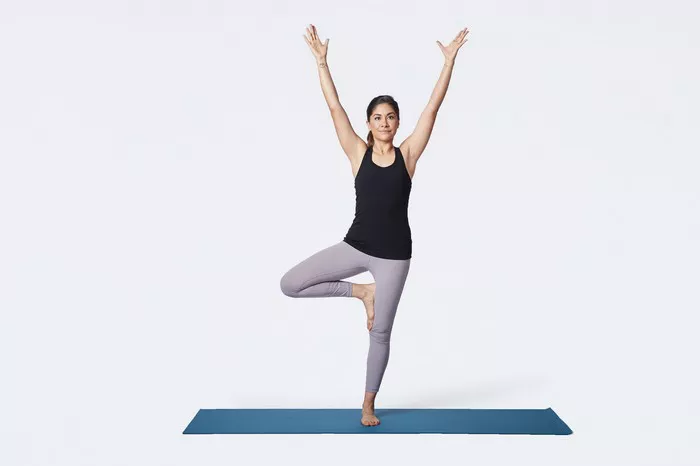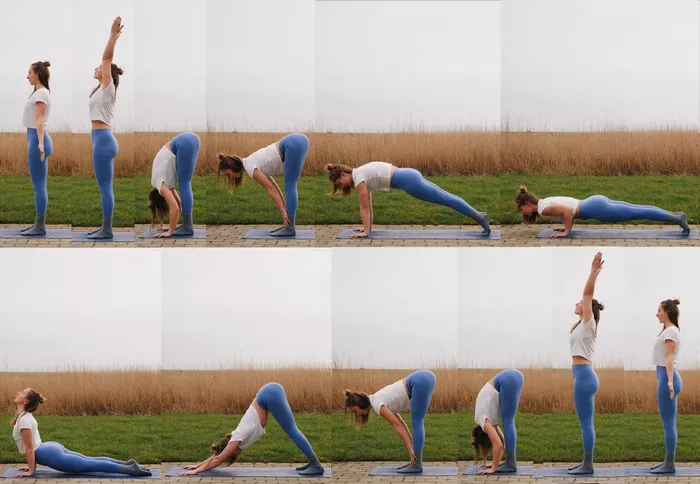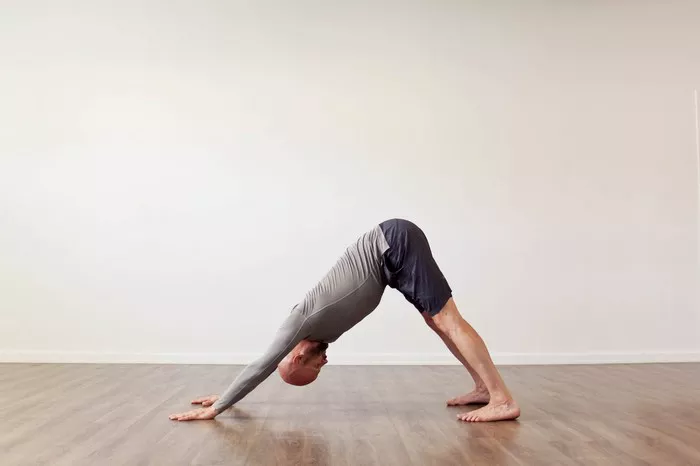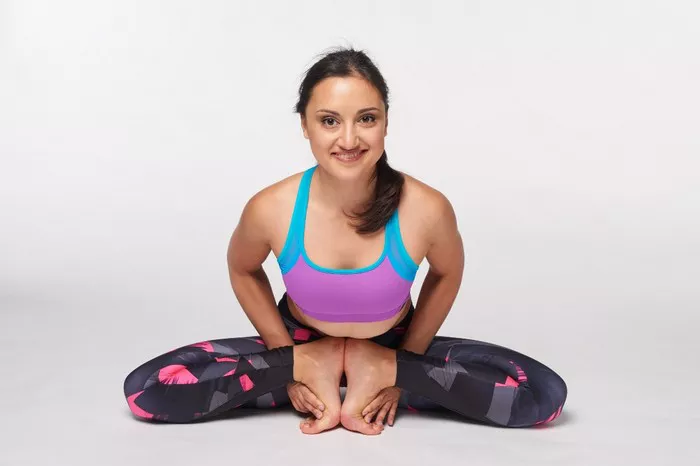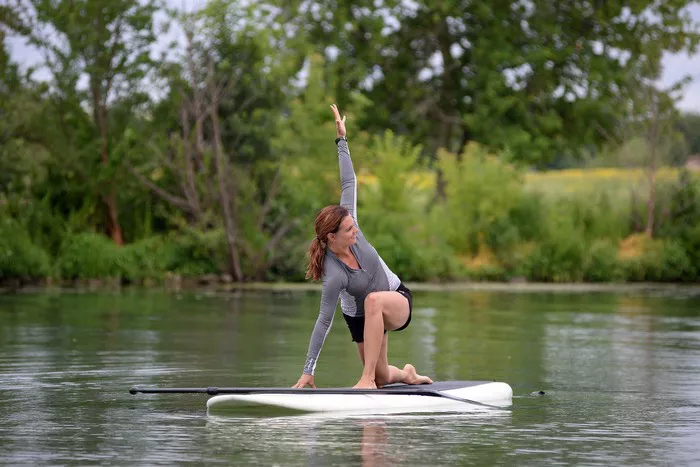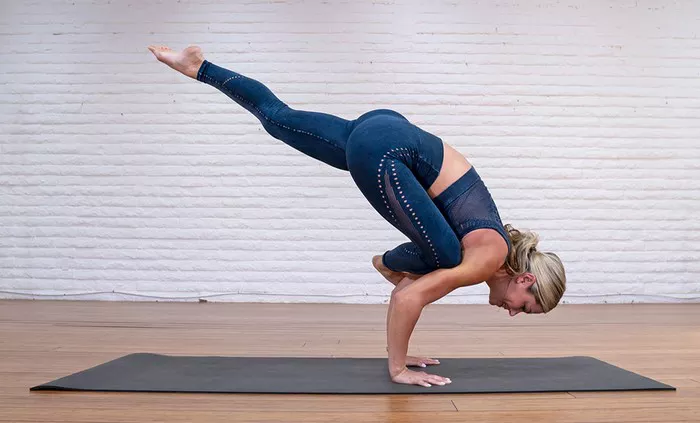Yoga is a holistic discipline that integrates physical postures, breathing techniques, and mindfulness to promote overall well-being. Among the multitude of poses in yoga, some are more foundational than others due to their frequency in practice and the benefits they offer. Two such essential poses are the Downward Dog (Adho Mukha Svanasana) and Mountain Pose (Tadasana). While both are often encountered in beginner and advanced classes alike, they serve distinct purposes and involve different body mechanics.
Understanding the differences between Downward Dog and Mountain Pose is crucial for developing a solid yoga practice. Each posture plays a unique role in alignment, balance, and muscular engagement. This article explores these two poses in depth, detailing their physical characteristics, benefits, proper alignment techniques, and their place within a yoga sequence.
1. Overview of Downward Dog (Adho Mukha Svanasana)
Downward Dog is one of the most iconic poses in yoga and is frequently used as a transitional or resting posture during sequences. It is classified as a forward bend and inversion, with the body forming an inverted “V” shape. In this pose, the practitioner places their hands and feet on the mat while lifting the hips toward the ceiling.
Key characteristics of Downward Dog include:
- Hands and feet firmly grounded on the mat
- Hips elevated and aligned over the center of the body
- Heels gently descending toward the floor
- Shoulders rotated externally with arms extended
- Gaze directed toward the navel or thighs
This pose stretches the spine, hamstrings, calves, and shoulders. It also builds strength in the arms, wrists, and core, making it a full-body exercise that enhances both flexibility and endurance.
2. Overview of Mountain Pose (Tadasana)
Mountain Pose, or Tadasana, serves as the foundational standing pose in yoga. Although it appears simple, it is rich in alignment details and is critical for building awareness of body posture and breath. It is a neutral pose that can act as a transition or a starting point in standing sequences.
The components of Mountain Pose include:
- Feet grounded with weight evenly distributed
- Legs engaged but not locked
- Pelvis in a neutral position
- Spine elongated and upright
- Shoulders relaxed and drawn back
- Arms resting alongside the body with palms facing forward
Despite its stillness, Mountain Pose requires active engagement of many muscle groups. It promotes good posture and balance, making it a powerful tool for cultivating mindfulness and presence.
3. Key Physical Differences
While both poses aim to cultivate awareness and alignment, their physical execution and muscular engagement are vastly different. Here is a comparison based on key physical elements:
Body Orientation:
Downward Dog: Inverted, forming an upside-down “V” shape
Mountain Pose: Upright, vertical alignment of the spine
Weight Distribution:
Downward Dog: Shared between hands and feet
Mountain Pose: Concentrated on the feet
Muscle Engagement:
Downward Dog: Emphasis on shoulders, arms, core, and hamstrings
Mountain Pose: Focus on quadriceps, calves, core, and postural muscles
Use in Sequences:
Downward Dog: Used as a transitional or resting pose
Mountain Pose: Used as a starting or centering pose
These differences highlight how each pose contributes differently to a balanced yoga practice.
4. Alignment and Technique Tips
Maintaining proper alignment in both poses is essential for maximizing benefits and preventing injury. Below are specific alignment cues for each:
Downward Dog Alignment:
- Spread fingers wide and press evenly through the palms
- Keep arms shoulder-width apart and elbows straight but not locked
- Draw shoulder blades down and away from the ears
- Engage the core to support the spine
- Bend knees slightly if hamstrings are tight, aiming to lengthen the spine first
- Heels move toward the floor but do not need to touch
Mountain Pose Alignment:
- Stand with feet together or hip-width apart
- Engage thighs and lift kneecaps gently
- Lengthen the tailbone downward and lift through the crown of the head
- Keep shoulders relaxed and arms active
- Distribute weight evenly across both feet
- Maintain a soft gaze forward or slightly upward
Proper alignment transforms each pose into an opportunity for growth and mindfulness.
5. Benefits of Downward Dog
Downward Dog offers numerous physical and mental benefits. As a weight-bearing pose, it strengthens and tones several muscle groups, including the arms, shoulders, and legs. It also provides a deep stretch to the hamstrings, calves, and spine.
Some specific benefits include:
- Improved circulation due to inversion
- Enhanced flexibility in the posterior chain
- Relief from tension in the back and shoulders
- Strengthening of upper body muscles
- Stress reduction and calming of the nervous system
Because of its dynamic nature, Downward Dog can also energize the body and mind when used in active sequences.
6. Benefits of Mountain Pose
Mountain Pose may appear passive, but it offers powerful benefits related to posture, balance, and mental focus. It teaches practitioners how to stand correctly and align their bodies in space.
Key benefits include:
- Improved posture through spinal alignment
- Increased body awareness and concentration
- Enhanced balance and stability
- Strengthening of leg muscles and abdominal engagement
- Foundation for other standing poses
Tadasana is also used as a meditative stance, allowing for a moment of pause and reflection during a practice.
7. Common Mistakes and How to Avoid Them
Correcting common mistakes in each pose can greatly enhance your yoga practice.
In Downward Dog:
- Rounded Back: Focus on lengthening the spine instead of pushing heels down
- Collapsed Shoulders: Actively engage shoulder girdle and broaden across the back
- Locked Elbows: Maintain a micro-bend to avoid joint strain
In Mountain Pose:
- Swayed Lower Back: Tuck the tailbone slightly to neutralize the pelvis
- Hyperextended Knees: Engage quadriceps to lift kneecaps without locking
- Inward Rolling Feet: Keep arches lifted and distribute weight evenly
Mindful correction of these habits builds strength, safety, and confidence in both poses.
8. How They Fit into a Yoga Sequence
Each of these poses serves a different function within a yoga flow.
- Downward Dog is often included in Sun Salutations, acting as a transitional point between standing and floor-based poses. It allows practitioners to reset and check their alignment while keeping the body active.
- Mountain Pose is generally used at the beginning or end of a sequence, helping practitioners ground themselves, focus their breath, and prepare mentally for movement or rest.
Their placement within sequences reinforces their complementary nature—one dynamic and energizing, the other grounding and centering.
9. Modifications and Variations
Both poses can be adjusted to accommodate different levels of strength and flexibility.
Downward Dog Modifications:
- Bend knees to reduce strain on hamstrings and lower back
- Use blocks under hands to alleviate wrist pressure
- Practice against a wall for added support and feedback
Mountain Pose Modifications:
- Stand with feet hip-width apart for added balance
- Use a wall for alignment checks
- Place a yoga block between thighs to encourage inner leg activation
These adaptations ensure inclusivity and safety for practitioners at all levels.
10. Psychological and Energetic Aspects
Beyond physical mechanics, yoga poses influence mental and emotional states.
- Downward Dog has a calming yet invigorating effect. As an inversion, it encourages blood flow to the brain, enhancing focus and reducing anxiety.
- Mountain Pose promotes a sense of steadiness and confidence. Standing tall with intentional awareness can evoke feelings of empowerment and clarity.
Both poses tap into the subtle body, stimulating energy channels and enhancing mindfulness.
Conclusion
While Downward Dog and Mountain Pose are both foundational, they serve distinct roles in a yoga practice. Downward Dog is dynamic, inverted, and expansive, ideal for building strength and flexibility. Mountain Pose is still, grounded, and inwardly focused, providing a base for alignment and awareness.
By practicing both with attention and intention, yogis can cultivate a balanced practice that integrates movement and stillness, effort and ease. Understanding the difference between these two essential poses deepens not only your physical practice but also your connection to the broader philosophy of yoga.
Whether you are new to yoga or a seasoned practitioner, revisiting the basics with a fresh perspective can lead to profound growth. Embrace the strength of Downward Dog and the simplicity of Mountain Pose as complementary tools on your journey toward well-being and self-discovery.
Related Topics:


